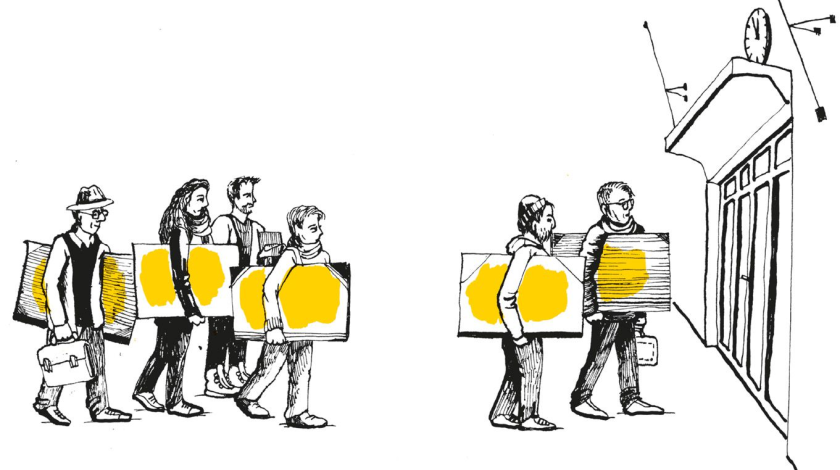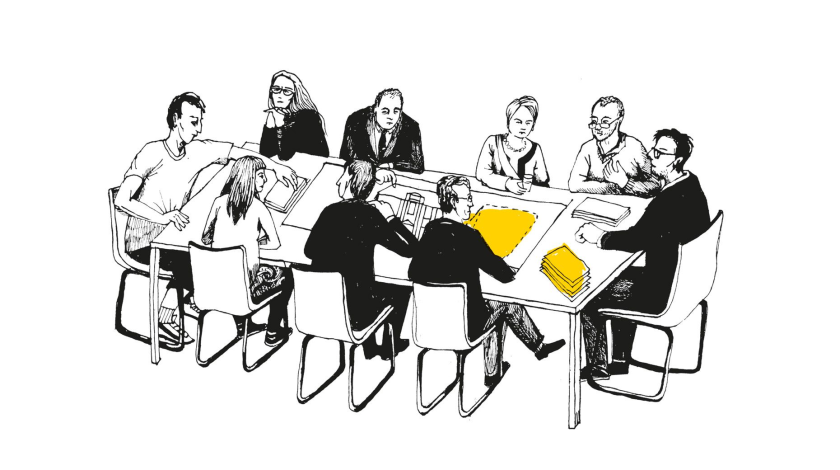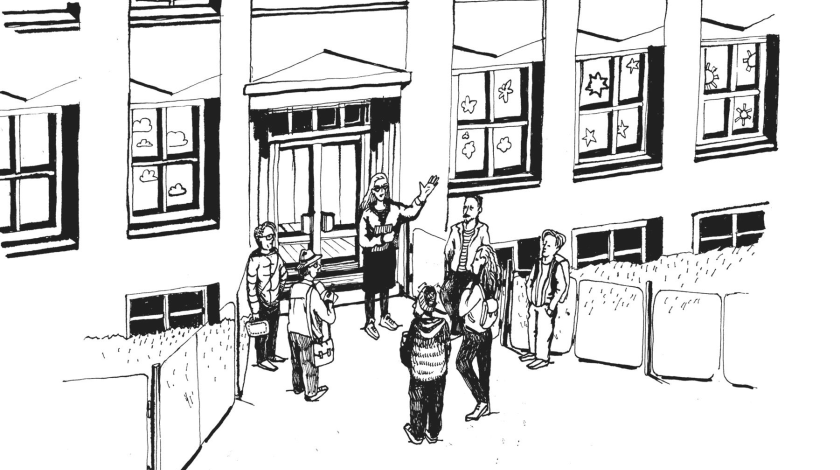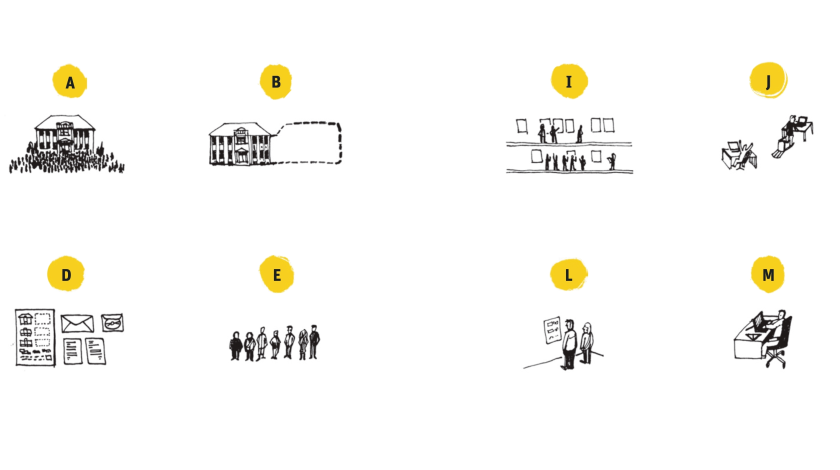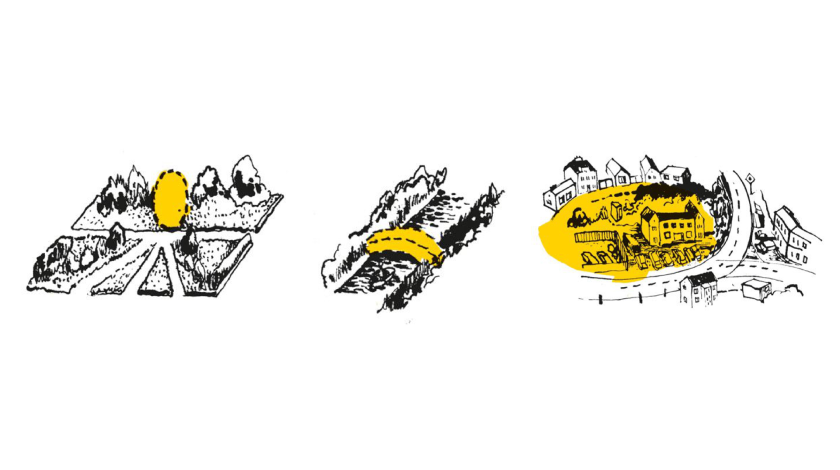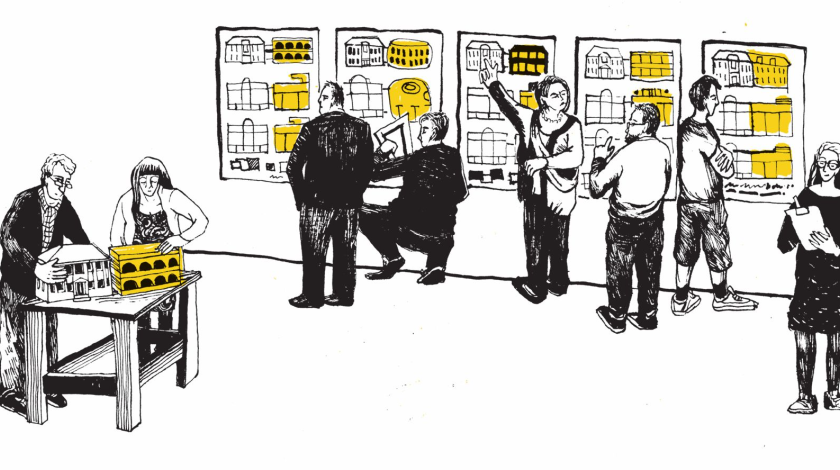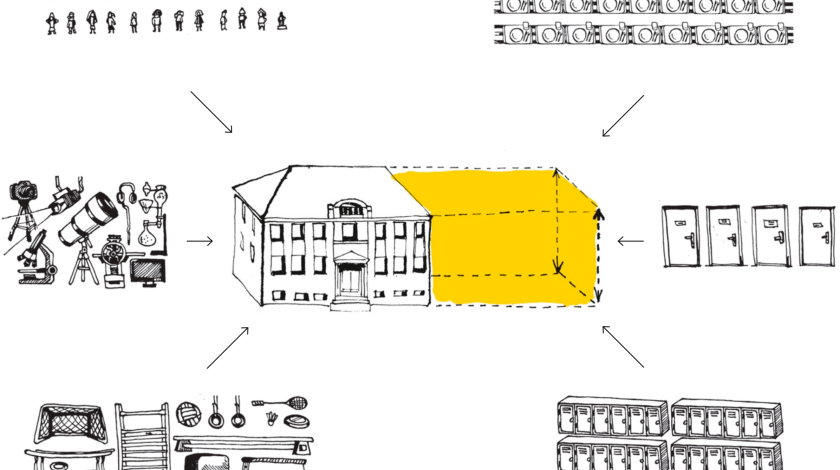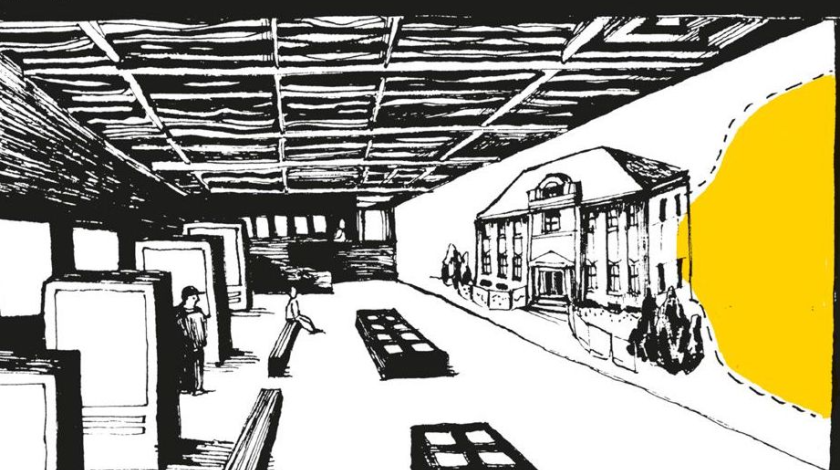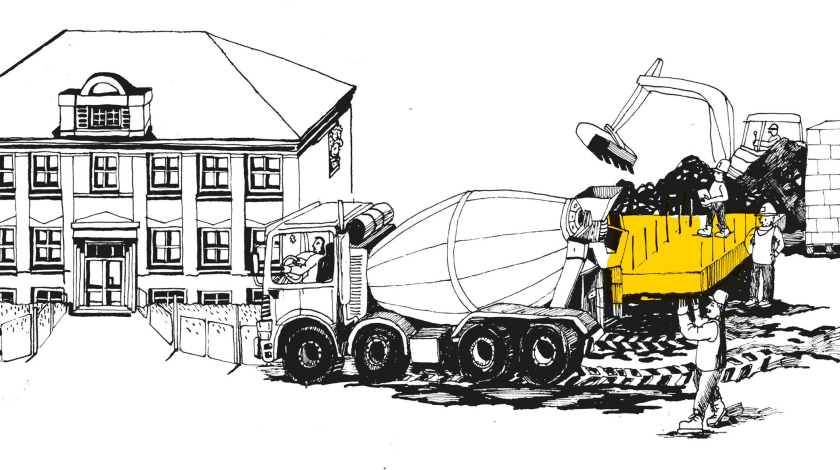
The Planning Coordinator's Manual
This manual guides you through the entire participatory planning process – from identifying key stakeholders and engaging the public, to gaining final approval and developing an actionable implementation plan. It offers proven methods, practical tools, and tips for effectively involving different groups, helping you overcome common challenges along the way.
While designed primarily for specialists and coordinators of participatory planning in cities, this guide will also benefit other professionals involved in participation. Although public involvement occurs only during specific project phases, it is important to approach the process holistically – from initial preparations to final implementation. For this reason, the manual is structured as a clear, step-by-step journey to help you successfully navigate your projects from start to finish.
process plan in a nutshellAt the beginning of every project, the most important task is to identify the key stakeholders – those who fund the project, approve it, or determine its final form. These institutions, organizations, or individuals are the first to be informed about the project to establish a shared understanding of its goals and framework (process plan). Every subsequent step builds upon this foundation.
In the initial phase (Activity 1), you and the city district identified the stakeholders for the project. In the subsequent phase, Activity 2, you will organize one or more roundtable sessions with these stakeholders, the number depending on the project's scope.
During the roundtables with stakeholders (Activity 2) you have identified what expert studies and site analyses are required to prepare the project brief (e.g., dendrological survey, evapotranspiration survey, subsoil quality assessment, survey of potentials for overnight accommodation of homeless people, furniture inventory, demographic analysis, etc.) and designate the responsible party for their preparation.
One of the definitions of participatory planning asserts that it is a process involving the participation of individuals or stakeholders who are affected by the project. To engage these individuals and stakeholders effectively, we first need to identify who they are and understand their current or potential interests.
A comprehensive process setup will help you in assessing whether external human resources are required and, if so, when they are needed, or if all roles can be managed by your team and colleagues from the city district/City of Prague. We therefore recommend creating a process plan with the awareness that it can serve as the foundation for a public tender. In this tender, you can hire a contractor to carry out Activities 6 - 11 or provide expert consultation to your office throughout the entire process.
The analysis (survey) of needs serves as an analytical foundation for the design creation. Essentially, it involves gathering information on how users engage with a given location, service or product, what problems or values they perceive, and what, in their opinion, needs to be changed, preserved, or reinforced.
The design expert, responsible for the final output of the planning process (the design concept - e.g. Strategic plan, Revitalization concept for a square), will formulate an initial draft - proposal based on expert studies (Activity 3) and analysis of needs (Activity 6).
Consultation of the design proposal offers a chance to present the preliminary draft of the design concept (or various variants) to both (a) the public and (b) stakeholders. The objective is to collect their feedback, understand their perspectives, involve them in a comprehensive discussion, and identify any potential gaps or shortcomings in the presented proposal. Feedback from the broader public serves as a check to ensure that the design expert, investor or local government has integrated, addressed, and understood the initial input from residents and the findings from the analysis of needs.
Collaborate with the design expert to review individual comments received during the design concept proposal consultation, assess their relevance, and incorporate them as appropriate. Reject comments and suggestions that fall outside the defined participation limits, providing sufficient justification. If there is ambiguity or a need for larger-scale changes, involve stakeholders at this stage.
Building upon the previous phases of the participatory process and public engagement, it is crucial to keep local residents informed about the final design concept, study or solution. Even if the final version contradicts the preferences of some users, transparent communication is always more appreciated by the public than keeping silent.
The chosen participatory process (Activities 1 to 10) offers the advantage of involving stakeholders and the public in project preparation from the very outset. This significantly reduces the risk of overlooking a particular (significant) actor or process in the preparation of the design concept, thus preventing potential delays in overall project implementation. Consequently, Activity 11 serves more as the culmination of the negotiation process with key actors (those who invest, decide, and authorize). Through workshops or individual meetings, this activity aims to reach consensus, solidify the follow-up steps, documentations, and investment processes essential for the successful implementation of the project. It also addresses post-implementation maintenance.

